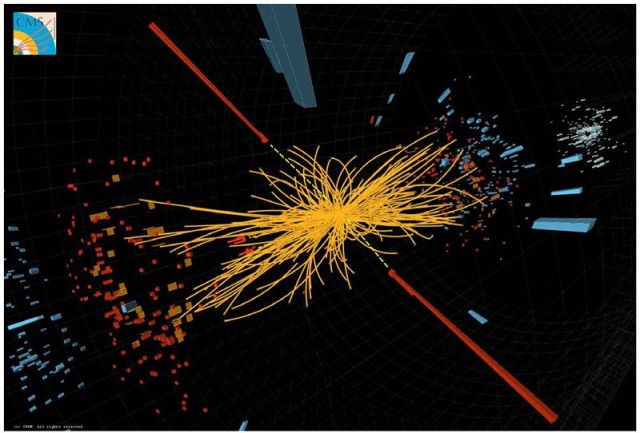Higgs theorists—including Higgs himself—get Nobel Prize in physics
Ars Technica » Scientific Method 2013-10-08

Last year, after decades of waiting, a handful of theorists had their work confirmed with the announcement that scientists had discovered an elusive particle called the Higgs boson. Now, just over a year later, two of those theoreticians are being awarded the Nobel Prize in physics.
The Higgs boson is a manifestation of the Higgs field, an invisible entity that pervades the Universe. Interactions between the Higgs field and particles help provide particles with mass, with particles that interact more strongly having larger masses. But despite its central role in the function of the Universe, the road to the papers that predicted the existence of the Higgs was bumpy, as was the process of discovering it.
The idea of the Higgs was a consequence of studies on the weak force, which controls the decay of radioactive elements. The weak force only operates at very short distances, which suggests that the particles that mediate it (the W and Z bosons) are likely to be massive. While it was possible to use existing models of physics to explain some of their properties, these predictions had an awkward feature: just like another force-carrying particle, the photon, the resulting W and Z bosons were massless.
Read 5 remaining paragraphs | Comments




